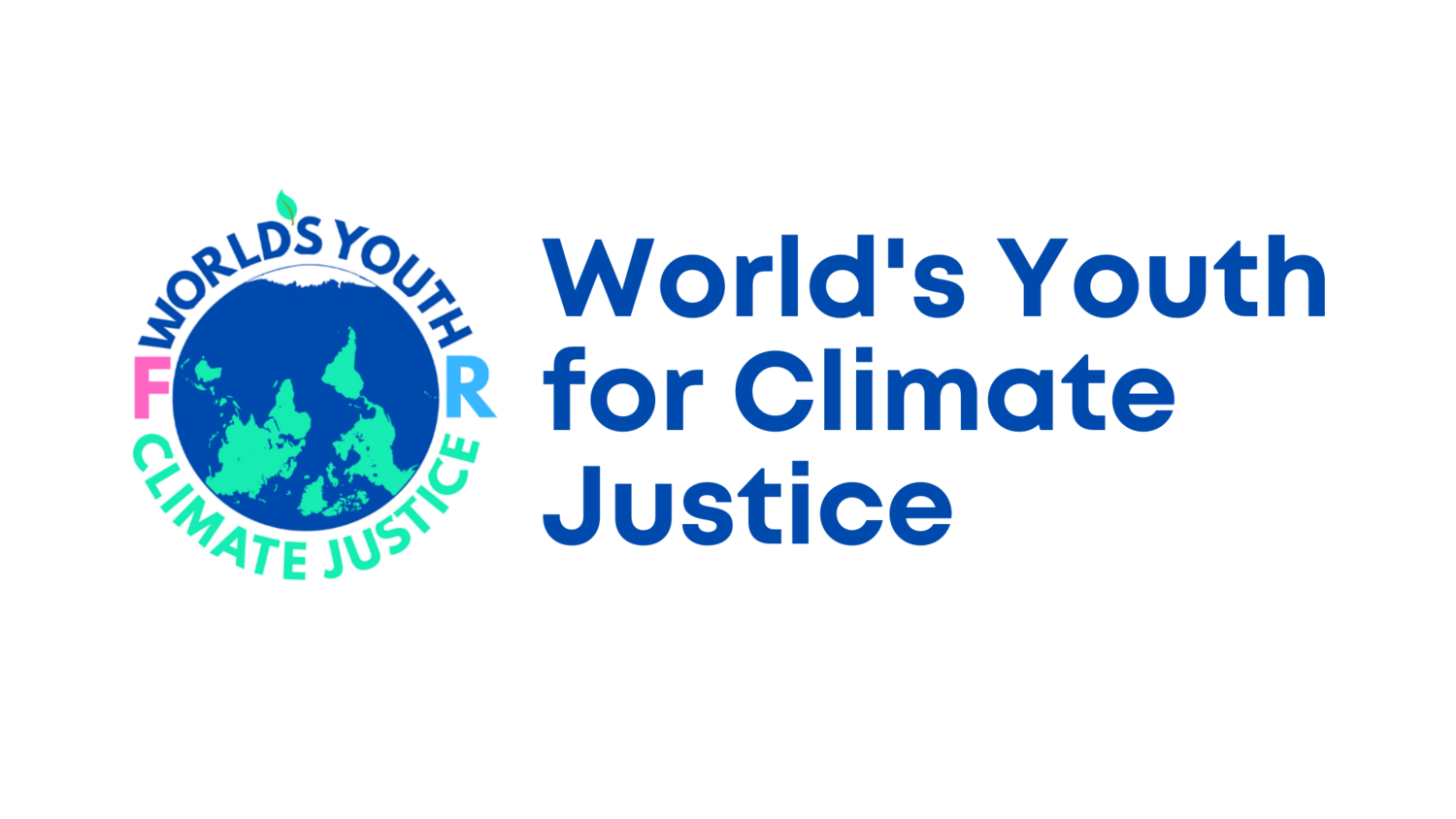WYCJ: ICJAO and the right to a healthy environment
By: Roxana Maria Tudosa
The right to a healthy environment.
Human rights are a set of moral principles that apply to every person, regardless of race, gender, sexual orientation, nationality, language, religion, political opinion. They are elevated to the status of law by being encompassed in international treaties and declarations as well as in national constitutions. Whereas the majority is familiar with concepts such as the right to life, right to education, right to freedom of religion and so on, little is known about the right to a healthy environment, as it was left out of the Universal Declaration of Human Rights. As such, whilst there is no comprehensive definition of the right to a healthy environment, the ESCR Committee gives some guidance in General Comment 14, stating that it includes ‘preventive measures in respect of occupational accidents and diseases; the requirement to ensure an adequate supply of safe and clean water and basic sanitation; and the prevention and reduction of the population’s exposure to harmful substances such as radiation and harmful chemicals or other detrimental environmental conditions that directly or indirectly impact upon human health.’ Despite not being recognised on the international scene, the right to a healthy environment is elevated to the status of a human right in at least 155 national constitutions and some regional treaties, such as the African Charter.
The Global Journey towards recognizing the right to a healthy environment
In March 2021, over 60 nations urged the Human Rights Council of the UN to recognise the right of a healthy environment. One week later, 15 UN agencies, including UNEP, UNICEF , UNDP and the OHCHR issued a joint statement expressing their support in implementing this right on a global level and endorsing the campaign of over 1.000 NGOs that are advocating for this right. The joint statement has been signed by 69 states, this being an unprecedented level of support for the recognition of this right at an international level. The next step is inter-governmental negotiation, whereby states will discuss the procedural aspects of resolution and the substantive aspects of the right to a healthy environment.
WYCJ and the right to a healthy environment.
As the UNEP emphasized, we are witnessing a climate emergency characterised by climate change, pollution of loss of biodiversity. The formal recognition of the right to a healthy environment would constitute a positive step in mitigating the harmful effects of climate change, as it would lead to stronger environmental laws and policies, improved implementation and enforcement of environmental laws, greater public participation in environmental decision making, reduced environmental injustices as well as a better environmental performance. World Youth for Climate Justice’s campaign on clarifying the obligations of states in protecting the rights of current and future generations from the adverse effects of climate change is closely linked with the right to a healthy environment, as we believe that recognising this human right would compel the states to adhere to more onerous obligations in mitigating the effects of climate change.
